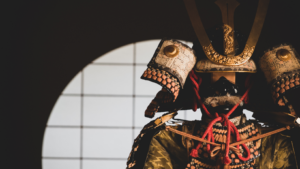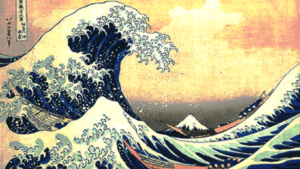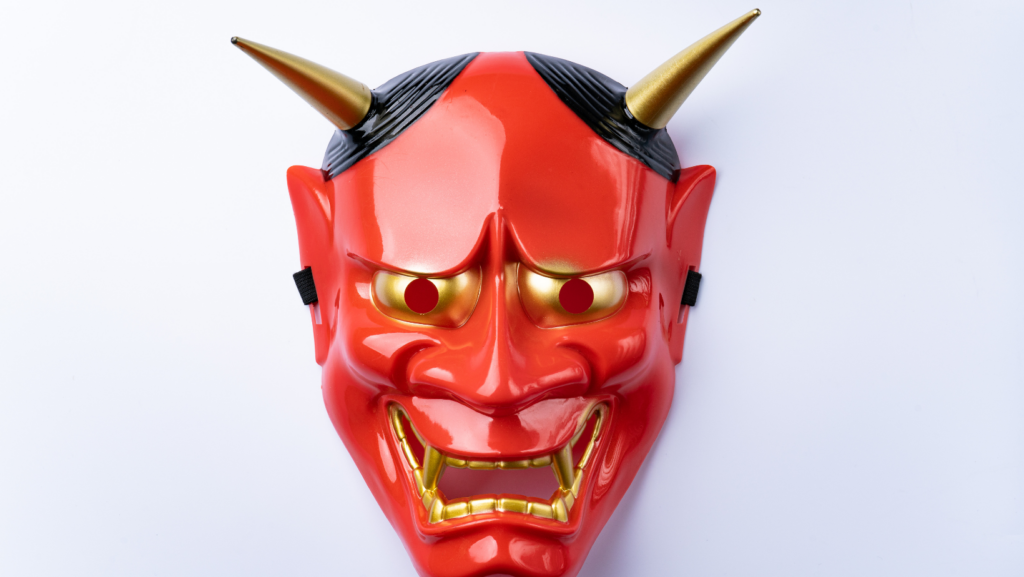Japanese horror art, known for its chilling blend of beauty and terror, captivates audiences worldwide. Rooted in folklore and mythology, this unique genre explores the darker aspects of human nature and the supernatural. It weaves intricate tales that evoke fear and fascination, drawing viewers into a world where the line between reality and nightmare blurs.
The art form’s distinctive style combines traditional techniques with modern elements, creating hauntingly beautiful visuals. From eerie ukiyo-e prints to contemporary manga and anime, Japanese horror art has evolved while maintaining its core themes. Its influence extends beyond Japan, inspiring countless artists and filmmakers globally.
By delving into the macabre and mysterious, Japanese horror art offers a glimpse into the cultural psyche, reflecting societal fears and anxieties. This exploration not only entertains but also challenges viewers to confront their own fears, making it an enduring and powerful artistic expression.
Japanese Horror Art

Japanese horror art has roots in ancient folklore and religious beliefs. Mythical creatures and spirits like yōkai and yūrei have been central to Japanese culture for centuries. These beings, often portrayed as malevolent or mischievous, feature prominently in art and storytelling. The Edo period (1603-1868) saw the rise of ukiyo-e prints depicting supernatural themes, with artists like Katsushika Hokusai illustrating ghostly apparitions and eerie landscapes. This period established visual motifs that continue to influence the genre.
Religious elements, particularly those from Shinto and Buddhism, shaped early horror art. Shinto’s animistic beliefs saw spirits inhabiting natural elements, while Buddhism introduced concepts of karma and the afterlife. These ideas manifested in art through figures such as the Tōfu-kozō and Jikininki, embodying moral and spiritual lessons.
The Meiji Restoration (1868-1912) brought Western influence, diversifying the genre. Technological advances and cross-cultural exchanges enriched artistic techniques, blending traditional styles with new perspectives. Modern horror art owes much to this integration, opening avenues in manga and anime that captivated audiences domestically and internationally.
Key Themes In Japanese Horror Art
Japanese horror art masterfully intertwines the supernatural with human emotion, creating narratives that are both visually and psychologically compelling.
Supernatural Elements

Supernatural elements in Japanese horror art often draw from traditional folklore and myths, featuring entities like yōkai, yūrei, and oni. Yōkai, which are mysterious creatures, are depicted with diverse characteristics that range from mischievous to malicious. Yūrei, or spirits, are portrayed with lingering emotional attachments, often appearing with translucent bodies and long hair. Artists use these figures to evoke fear and convey moral lessons rooted in spiritual beliefs.
Psychological Tension
Psychological tension in this art form is achieved through exploring the darker aspects of the human psyche and emotions. Characters undergo mental struggles, often facing inner demons or moral dilemmas. The art challenges viewers by highlighting themes of existential dread, guilt, and loss. By depicting characters in tense situations, artists create a sense of unease that captivates audiences and encourages introspective reflection on personal fears.
Influential Artists In Japanese Horror Art
Japanese horror art owes much of its distinctive style and enduring popularity to its visionary artists. Through their innovative storytelling and unique visuals, they have shaped the genre into a powerful cultural phenomenon.
Toriyama Sekien

Toriyama Sekien, an 18th-century artist, played a crucial role in popularizing yōkai in Japanese art. His four-volume collection, Gazu Hyakki Yagyō (The Illustrated Night Parade of a Hundred Demons), is influential in cataloging supernatural creatures. Each illustration combines traditional painting techniques with folklore references. Sekien’s work bridged Edo-period mythology with later art forms, inspiring generations of artists and contributing to the foundation of modern horror aesthetics.
Junji Ito
Junji Ito, a contemporary manga artist, is celebrated for his unsettling horror narratives. Known for works like Uzumaki and Tomie, he masterfully blends fear with psychological depth. Ito’s art features detailed and grotesque imagery that evokes dread, amplified by his intricate storytelling. He draws inspiration from cultural myths and urban legends while infusing modern anxieties, creating a gripping psychological experience that resonates globally. His influence extends into animation and film adaptations, marking him as a pivotal figure in Japanese horror art.



